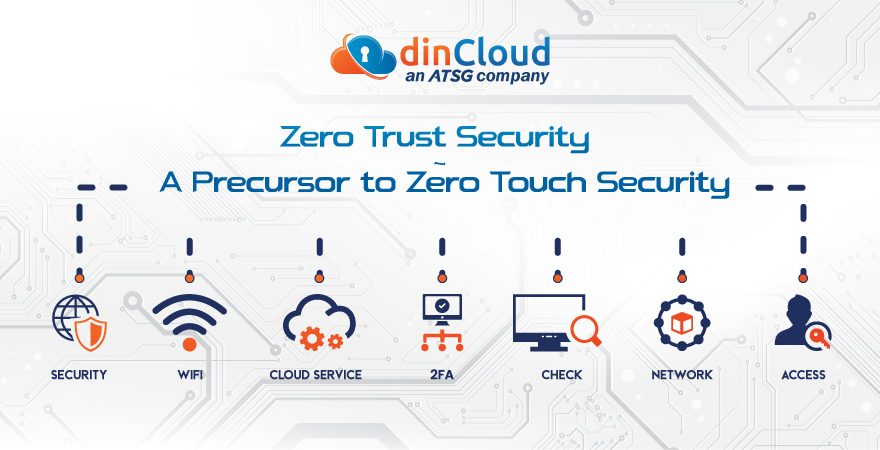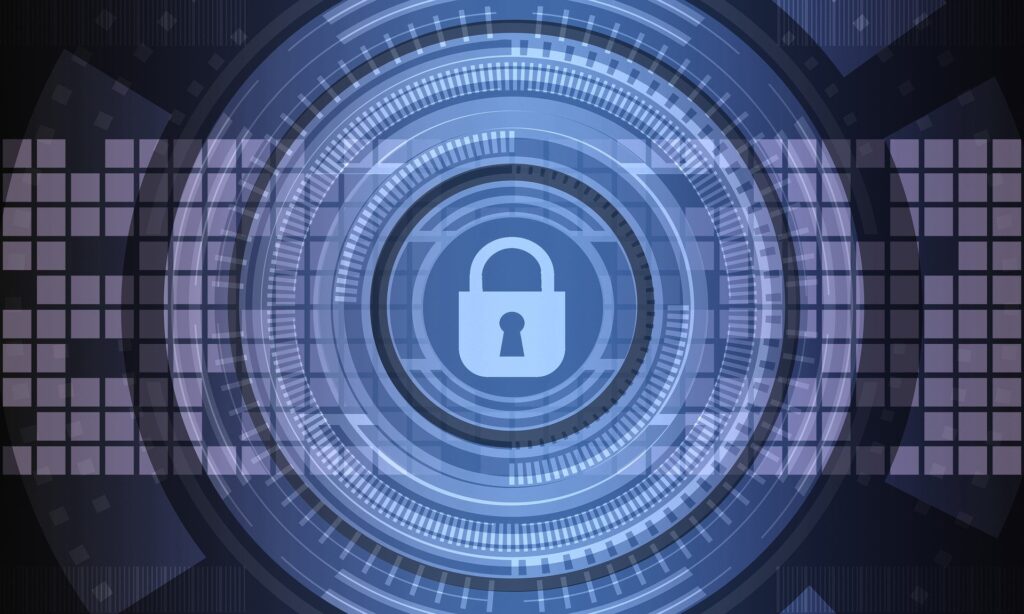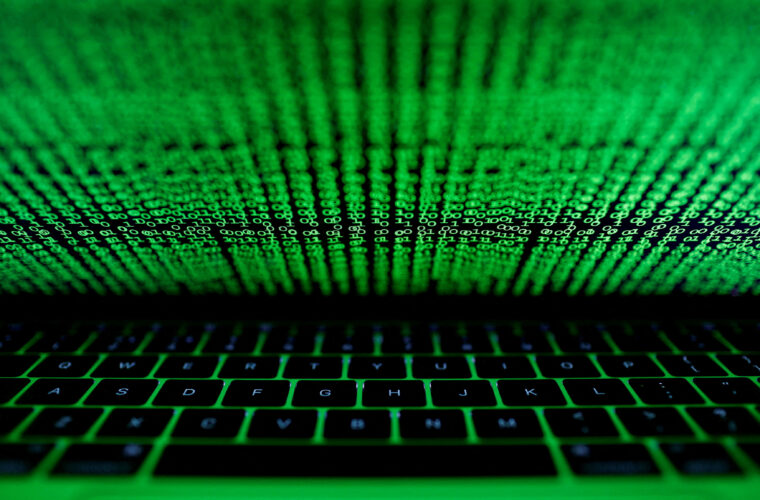Zero Trust and Zero Touch, key differences in company security
Any type of device or user trying to access any corporate resource, even a known one, is potentially dangerous. This assumption is the basis for Zero Trust, a network security model favoured by companies to defend their data against cyberattacks and any other threat that aims to exploit a security vulnerability. The philosophy behind the method, devised in 2010 by John Kindervag, a cybersecurity expert who has worked for Palo Alto Networks and Forrerster Research, is based on the absolute impossibility that people or devices, internal or external to the organisation, can have the ability to connect to IT services without proper authentication, recognition verification and authorisation.
The advantages of Zero Trust
A recent study by Gartner shows that by 2025, more than 60% of companies will rely on the Zero Trust model as a basic element to protect data and information. These changes are prompting companies to adopt a new mindset compared to the past. The significance of the method derives also and above all from the advantages it provides for preventing and mitigating cyberattacks.

Unlike firewalls that sometimes result in delayed feedback from damaged files, in the event of an attack Zero Trust immediately interrupts every connection, preventing the threat from hitting the target. Another plus point is the ability to scale down attacks by protecting networks; with the user connecting to the individual application or specific resources of interest, any infected devices, potential loose cannons within the system, are rendered harmless.
It is easy to see, therefore, how Zero Trust is able to reduce the impact of attacks, generating advantage in the way and time of reaction. The reduced damage also decreases the investments needed to repair breached system flaws. New tools that are useful and indispensable for businesses, such as the cloud and artificial intelligence, are transforming the sector, especially as they enable hackers to launch more sophisticated attacks that are therefore more difficult to neutralise. In this field, an alternative method to Zero Trust is gaining ground, which adds a defensive strategy based on the company’s peculiarities to the latter’s core elements.

Zero Touch, evolution thanks to AI
This is Zero Touch, which already shows from its name that it is an evolution of the model that prefixed it. The substantial difference lies in the advent of artificial intelligence, which is also a crucial element in raising the effectiveness of defensive strategies not only because it makes it possible to automate a series of tasks (the simplest and most repetitive, but time-consuming if done manually) concerning the configuration of devices and other resources, which minimise human intervention and thus errors.
Indeed, beyond the development of new threats and new protection solutions, the primary cause of security breaches remains human error. In this sense, AI proves to be an important aid against operational inefficiency and also to remedy the lack of cybersecurity expertise that has characterised the sector for so many years now. To understand how and why artificial intelligence improves the defence system, one has to consider its ability to automatically detect suspicious activities and thus endorse the necessary countermeasures to secure sensitive data and information.

Considering the scenario of large companies and distributed organisations with multiple branches linked together, one can understand how Zero Touch can change the approach to cybersecurity in the corporate context. Where many different devices need to be coordinated and managed, one can move in advance and in complete security to determine the tasks to be performed, automating them as much as possible. A way to reduce the need for user intervention, but also by cybersecurity managers, that succeeds in the primary objective of every company: to increase the effectiveness of protection strategies so as to make life more difficult for cybercriminals.



